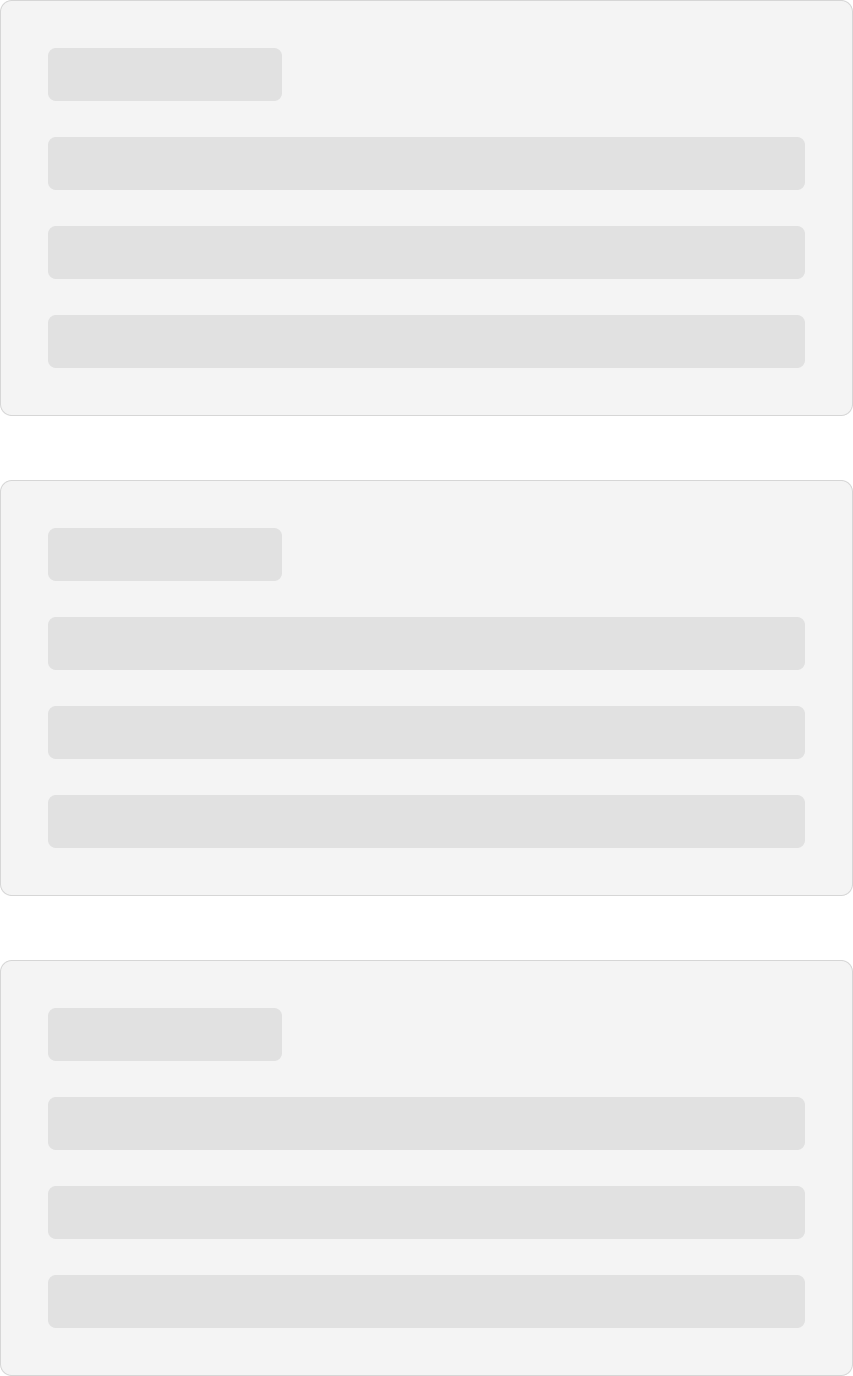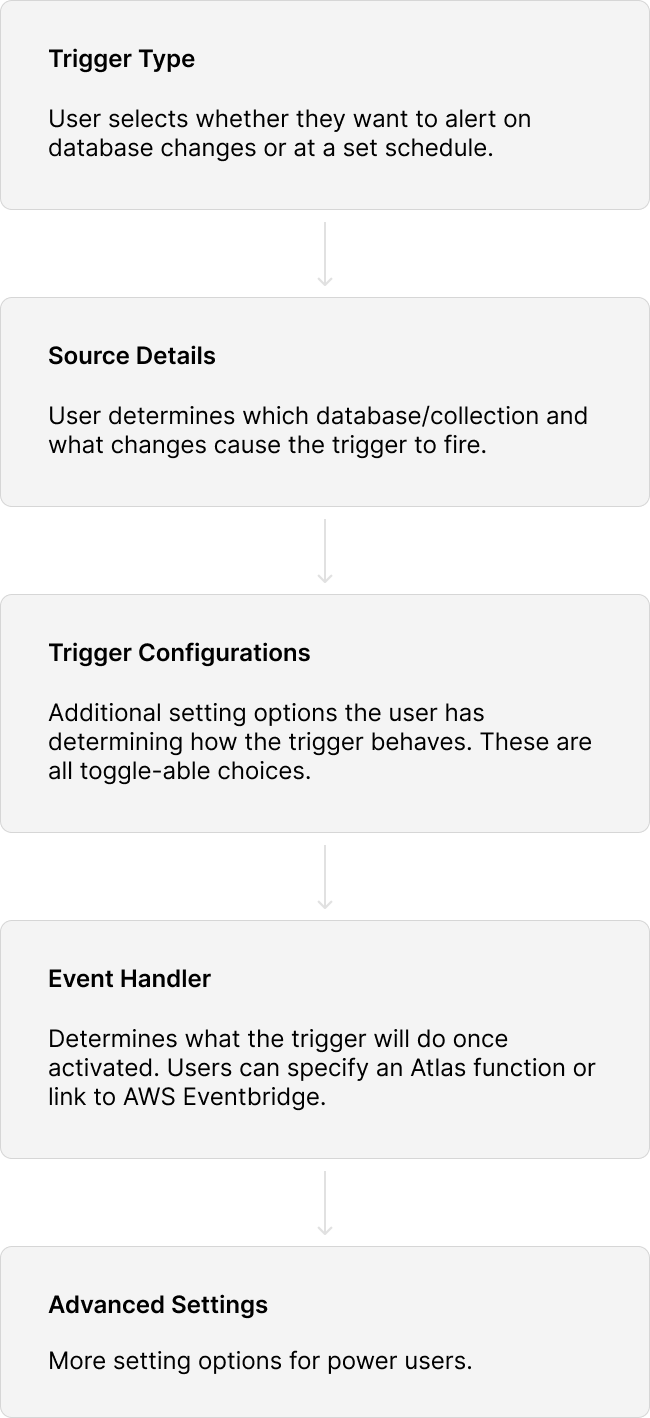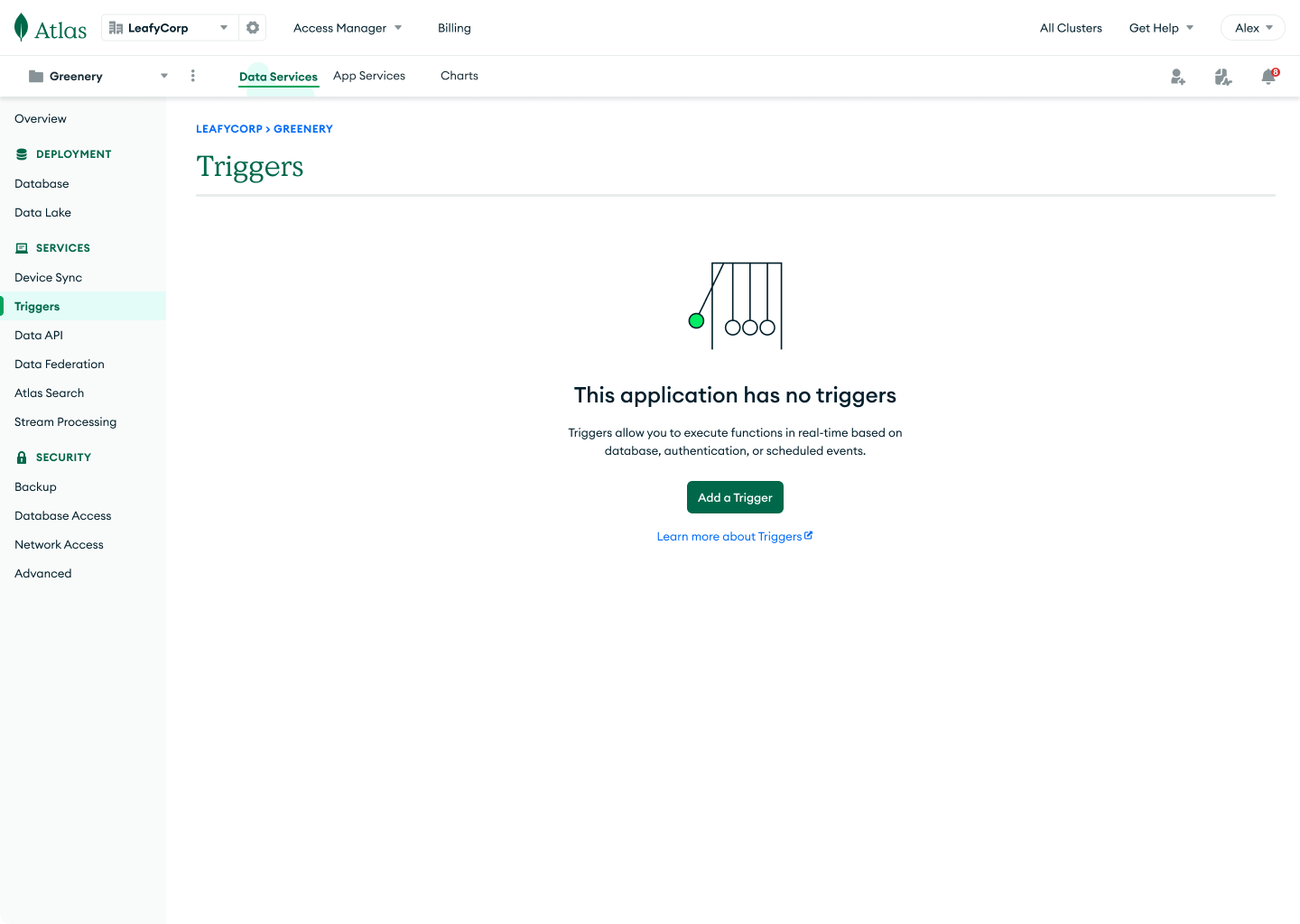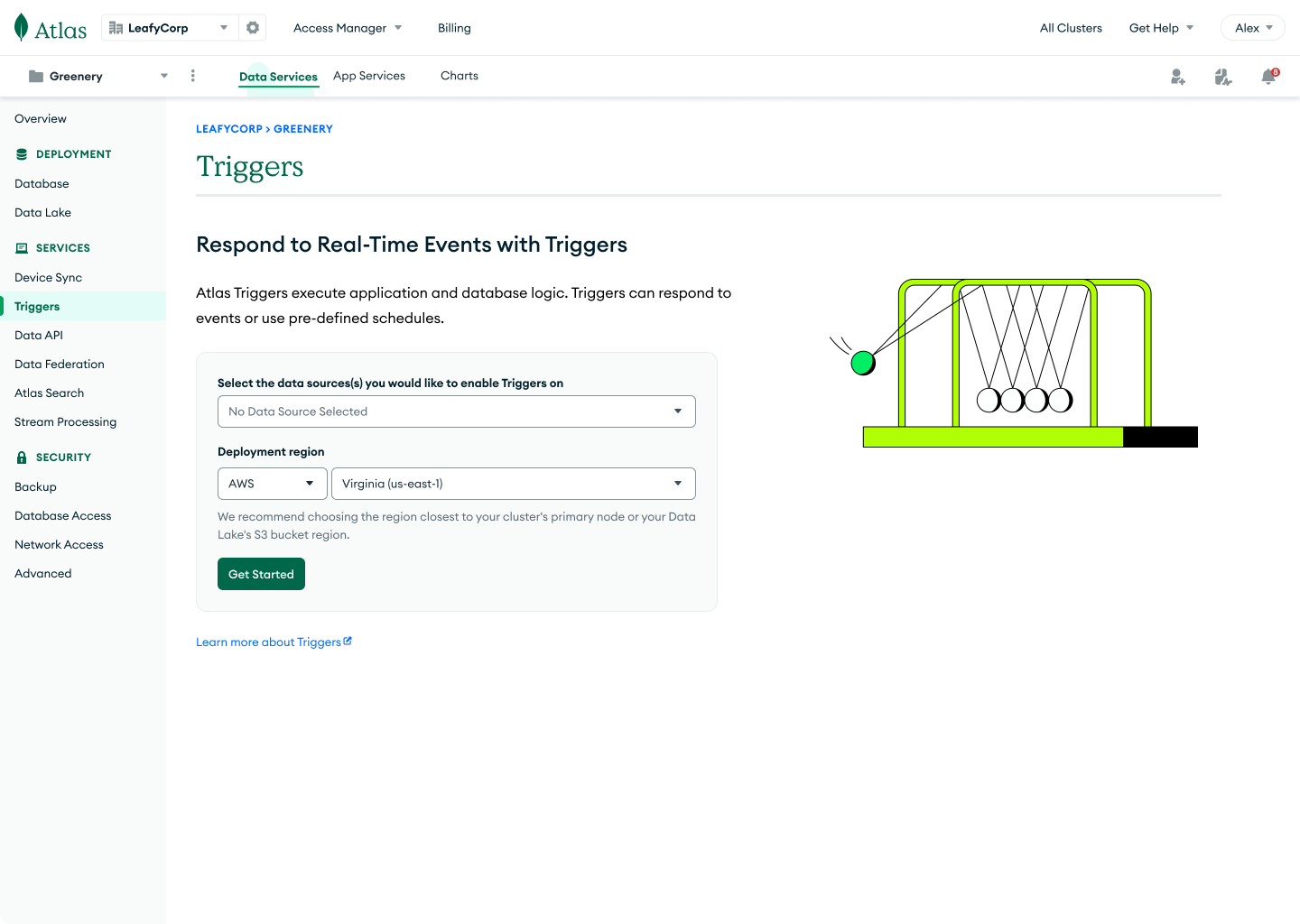Creating Separation
The original format of the form was one long continuous scroll. There was poor separation between different configuration sections, and new users could easily become overwhelmed with the long list of configuration options. My first step in approaching the redesign was to create clear separation between sections so users would not be overwhelmed.

Breaking each section into collapsible cards provides much better separation within the form



